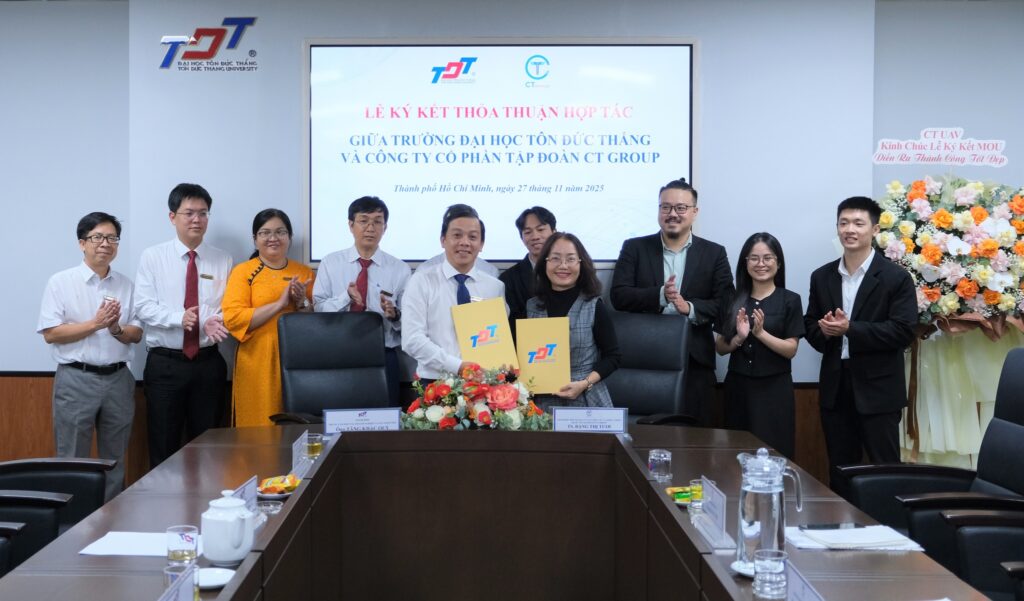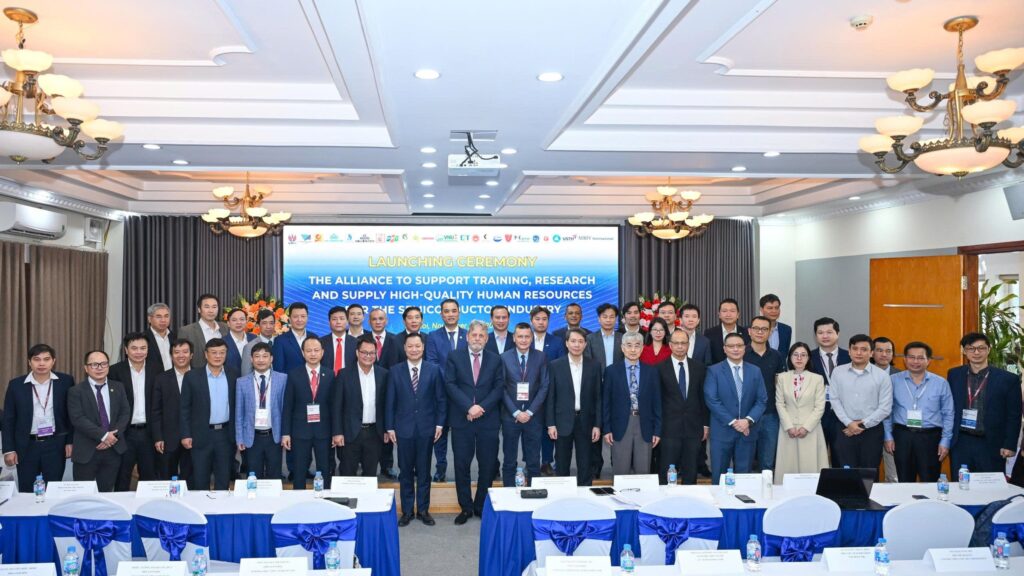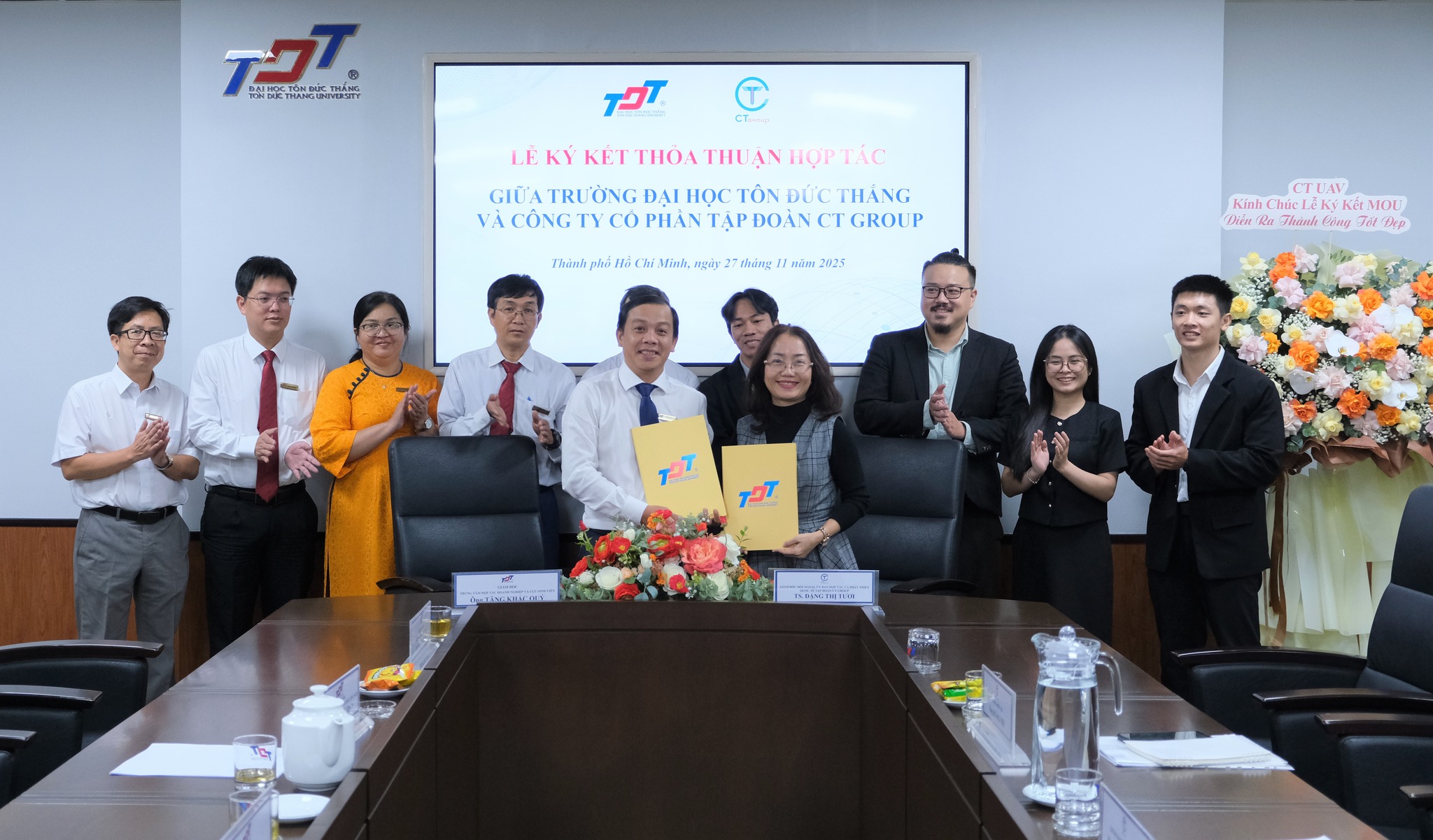Against the backdrop of a volatile global economy, Vietnam’s industrial real estate market continues to show impressive resilience, driven by a plentiful flow of foreign direct investment (FDI), a need for supply chain diversification, and expectations for infrastructure development post-administrative mergers.
FDI Accelerates with Strong Investor Confidence
Despite global geopolitical and economic instability, Vietnam has maintained its position as a strategic destination for foreign investors. In the first six months of 2025, FDI inflows continued to grow impressively. According to data from the General Statistics Office, total newly registered, adjusted, and contributed FDI capital reached over $21.51 billion, a significant increase of 32.6% compared to the same period last year. Simultaneously, disbursed FDI reached $11.7 billion, up 8.1%, reflecting international investors’ long-term confidence in the Vietnamese economy.
Mr. Ben Gray, Head of Capital Markets at Knight Frank Vietnam, noted that the current level of FDI disbursement indicates that funds and investors remain actively committed to Vietnam. While 30% of Vietnam’s exports are destined for the US market, where retaliatory tariff policies are being applied, the remaining 70% are directed toward other high-potential markets. This creates a “buffer” for manufacturing, helping Vietnam avoid over-reliance on a single market.
In addition, industrial real estate, particularly in new sectors like semiconductors, data centers, and AI, is emerging as a channel to capture new capital. Mr. David Jackson, CEO of Avison Young Vietnam, stated that high-tech industries not only generate significant value but also reshape the scale, design, and standards for future industrial parks. Global corporations such as Intel, Amkor, Hana Micron, and NVIDIA have been, are, and will continue to increase their investments in Vietnam.
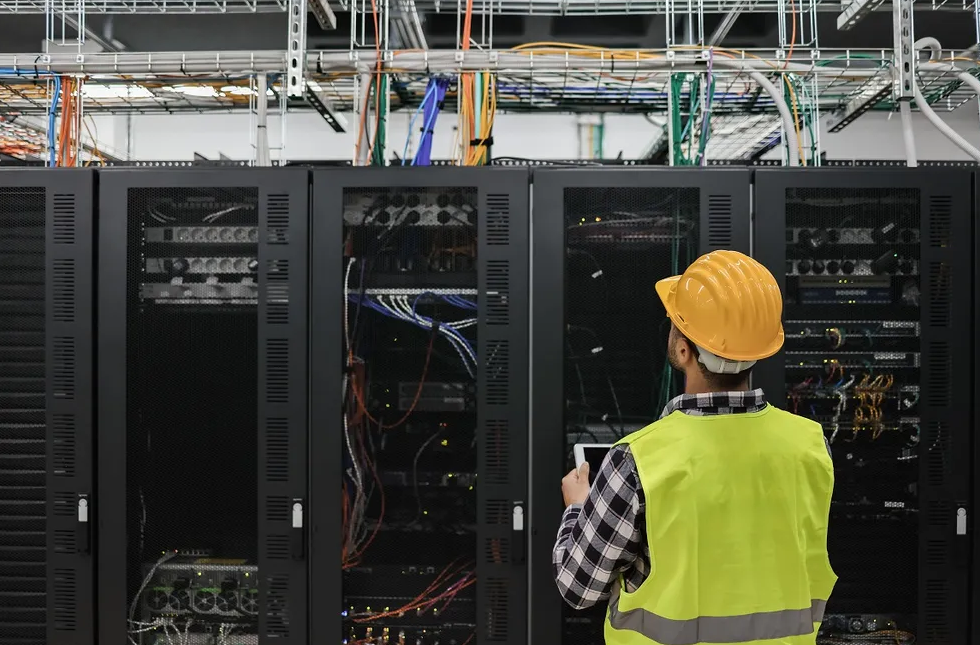
Vietnam’s industrial real estate market still has significant room for growth in new sectors.
The Amkor semiconductor packaging and testing plant project worth $1.6 billion in Bac Ninh alone demonstrates the strong appeal of the semiconductor industry. Furthermore, the plans by FPT Semiconductor and CT Group to expand their microchip ecosystems and NVIDIA’s activities in the AI sector are contributing to the formation of a promising auxiliary industry.
Beyond semiconductors, Vietnam’s data center market is projected to reach a value of $1.75 billion by 2030, with an average annual growth rate of nearly 18%. New projects in Ho Chi Minh City’s High-Tech Park and Ha Nam, which focus on AI, microelectronics, and biotechnology, are imposing increasingly high demands on specialized technical infrastructure and industrial planning.
Impact of Tariff Policies and Manufacturing Shifts
However, the progress of Vietnam’s industrial real estate is not without potential risks. In the second quarter of 2025, the market saw a slowdown in new transactions as investors exercised caution following news of the US imposing retaliatory tariffs on certain goods originating from Vietnam.
According to an assessment by Vietcombank Securities (VCBS), while most FDI businesses that have signed Memorandums of Understanding (MOUs) are fulfilling their commitments, some industrial land lease contracts have had their schedules pushed back or disbursements delayed pending new developments in trade negotiations. This situation could affect the cash flow of industrial park businesses, especially those aggressively developing new land banks.
Data from CBRE shows that despite the decrease in new transactions, lease prices and occupancy rates remained stable in Q2 2025 due to limited new supply. The average lease price was at $179/m²/remaining lease term, and the occupancy rate was approximately 89%, reflecting that fundamental demand remains strong.
In the southern region, the pre-built warehouse and factory segment continued to see positive absorption, particularly from logistics and e-commerce companies. These are sectors that are accelerating their expansion, seeking new transshipment points to adapt to a multifaceted trade environment and unexpected tariff risks.
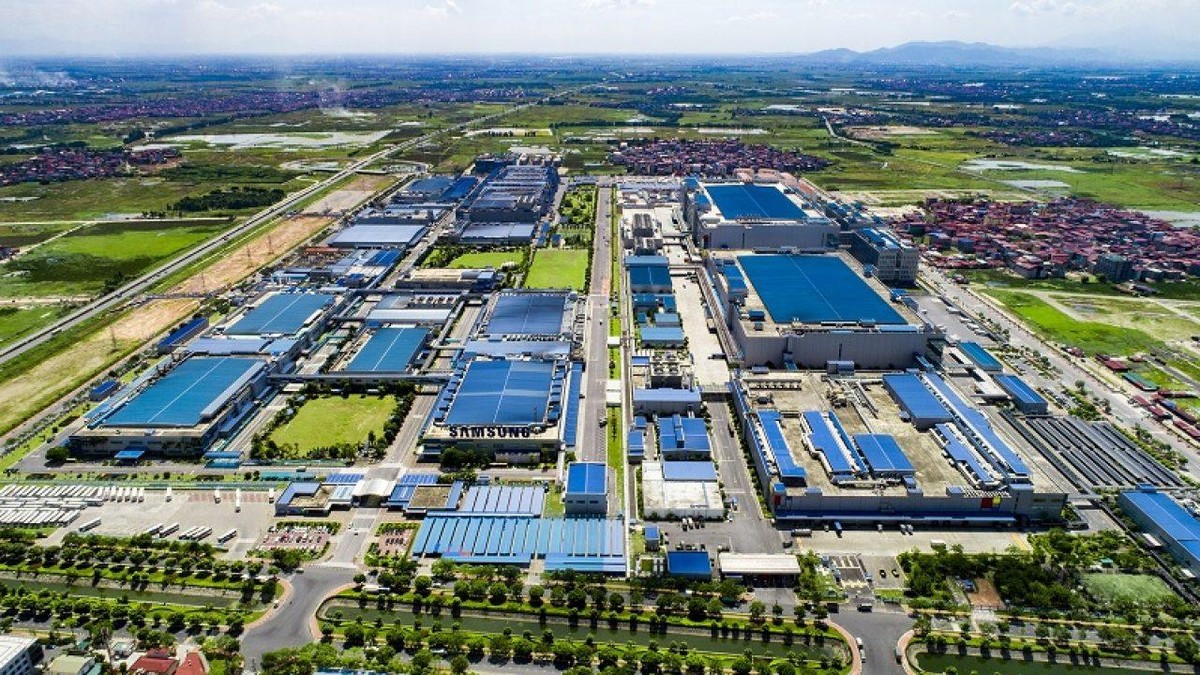
Occupancy rates in industrial parks remain high.
In addition to the short-term impact of tariff policies, experts also note the increasingly fierce competition in the region. Countries like Indonesia, the Philippines, India, and even Malaysia are offering more aggressive incentives to attract FDI, compelling Vietnam to improve the quality of its infrastructure, accelerate project approvals, and ensure policy stability.
Nevertheless, in the long term, the outlook for Vietnam’s industrial real estate is still considered positive. The process of shifting supply chains away from China has become an irreversible trend, especially following the pandemic and global trade conflicts. Vietnam still possesses core advantages such as a favorable geographical location, a plentiful workforce, reasonable costs, a rich network of FTAs, and political stability—qualities that are difficult for many other countries to possess simultaneously.
Furthermore, administrative reforms are also contributing significantly to improving the investment environment. The mergers of district- and commune-level administrative units are creating conditions for broader regional planning, fostering the formation of strategic economic corridors, and thus laying the groundwork for large-scale logistics and industrial hubs.
According to VCBS, in the medium to long term, industrial real estate will remain a robust segment within commercial real estate. Despite short-term setbacks from tariffs and a cautious investor sentiment, once the market adjusts and prices stabilize, export businesses—especially those in electronics and technology—will increase their order volumes. This, in turn, will drive a rebound in the demand for production and warehousing space.




